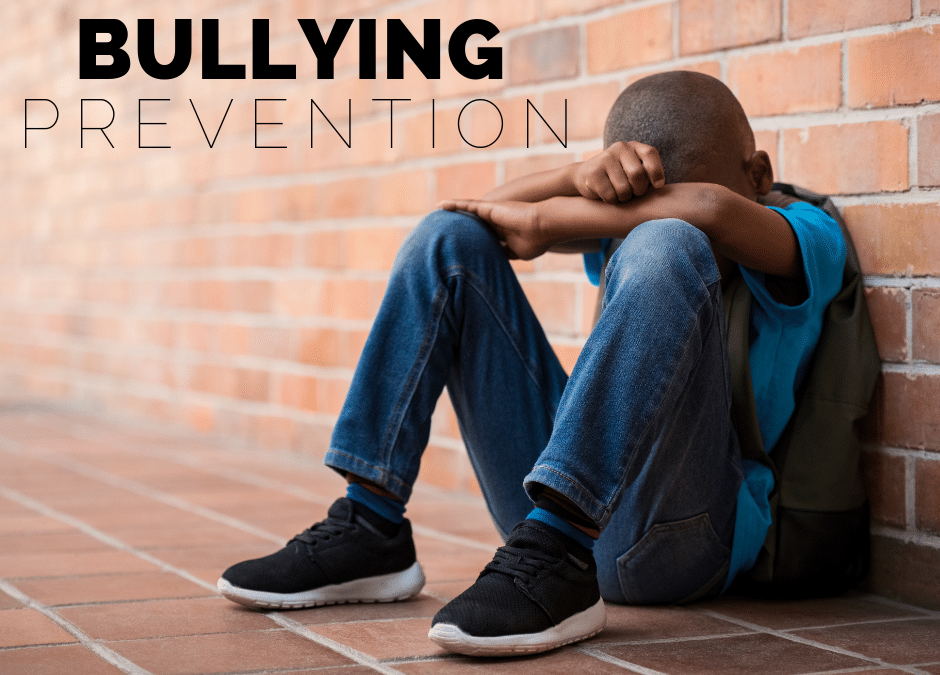With all of the new technology and apps that are continuously being developed, it is easy for bullying to go unnoticed by parents and teachers. According to the American Federation of Teachers, 15-25 percent of all American students are bullied to some degree; 40 and 50 percent of that occurs in the form of texting and cyberbullying. Teaching bullying prevention and social media etiquette to students at a young age is key to combat bullying and cyberbullying.
Students that are victims of bullying are prone to suffer from loneliness, anxiety, and depression. They will likely carry this with them throughout their lives. Those who are bullied have also proven to perform at lower academic levels than their peers. That is why it is important for educators to be a part of the mission to combat bullying in schools. Bullying prevention
Here are some ways teachers can help prevent and fight bullying in their classrooms.
1. Maintain Consistent Classroom Management
To create a classroom environment of respect and responsibility invite students to help establish the classroom rules. Engage in a discussion about do’s (ex. saying please, raising your hand, using inside voices) and don’ts (ex. bullying, cheating, stealing). Keep the expectations of these rules clear, simple, and explicit. It is important to be consistent in enforcing these rules and follow through with consequences immediately if the rules are broken.
2. Have a Lesson on Bullying and Social Media Best Practices
Early in the year dedicate a lesson to bullying that shows first-hand the effects of bullying and cyberbullying. Go over best practices on how to avoid and handle cyberbullying and what to do it if is happening to them. Let students know bullying will not be tolerated, and reinforce the consequences of what will happen if someone is being bullied in your class.
3. Get the Entire Story & Act Immediately
If bullying does happen, be thorough in your “investigations” of the situation. Separately, talk to each student involved. Listen, don’t blame or assign labels. Hold all parties, including bystanders, accountable for their actions or lack of action. Once you know the full story, take action immediately. If you don’t, you are sending the message to all involved that the behavior is acceptable.
4. Follow Through
Check up on students who have struggled with a bullying situation: victims, witnesses, AND bullies. Ongoing support of students who have been involved in a bullying situation can help minimize, or prevent, the effects of bullying in the future.
5. Create a Safe Classroom Environment
It is important to create a classroom environment that is welcoming, safe, and supportive. Students should be aware of your willingness to listen and help them if they are in a situation where someone is bullying them in school or online.
6. Be Aware of School and District Bullying Policies
Brush up on your district and school bullying policies and procedures. When you know the rules, you can feel confident implementing them.
7. Open Up the Lines of Communication
Consistent communication with parents and families is an important tool in bullying prevention. When students are aware that their parents are only an email or phone call away from their teacher, they are less likely to commit acts of bullying.
8. Get Other Teachers Involved
Bullying isn’t limited to just one classroom or area in a school building. With your colleagues, talk about the issues in your own classroom and listen to other teachers as they discuss their specific challenges. As a team, or building, you can identify the needs of specific students, or areas of the building, that may need additional supervision/monitoring.
9. Learn About It
Not quite sure what to do with a bully or how to speak to a victim? Seek out professional development or courses that will help you learn about bullying. There are also many free resources for teachers, like the APA bullying module for teachers listed in the resources below.
10. Create a Club or Group Against Bullying
Group meetings are a great way to bring up the topic of bullying and peer relationships. Expound on the topic by discussing bullying in pop culture (TV shows, movies, etc.). Have students describe the impacts of bullying and ways to solve the issues, and then try and start a no-bully campaign at your school where everyone can be involved and stand up against bullies.
For more information on Bullying in the Classroom Visit:
Educate Staff and Students About Bullying from StopBullying.gov
Printable Bullying Prevention Worksheets – a collection of anti-bullying printables from Easy Teacher Worksheets
Bullying: A Module For Teachers – from the American Psychological Association
Webisodes for Kids from StopBullying.gov
Anti-Bullying Activities and Lesson Plans from EducationWorld.com
This article is furnished by California Casualty. We provide auto and home insurance to educators, law enforcement officers, firefighters and nurses. Get a quote at 1.866.704.8614 or www.calcas.com.
- Educators Receive $1,000 Athletic Grants from California Casualty - May 22, 2024
- Music & Arts Grant Recipients – 2023 - December 1, 2023
- How to Tell When You Need New Brakes - November 20, 2023

